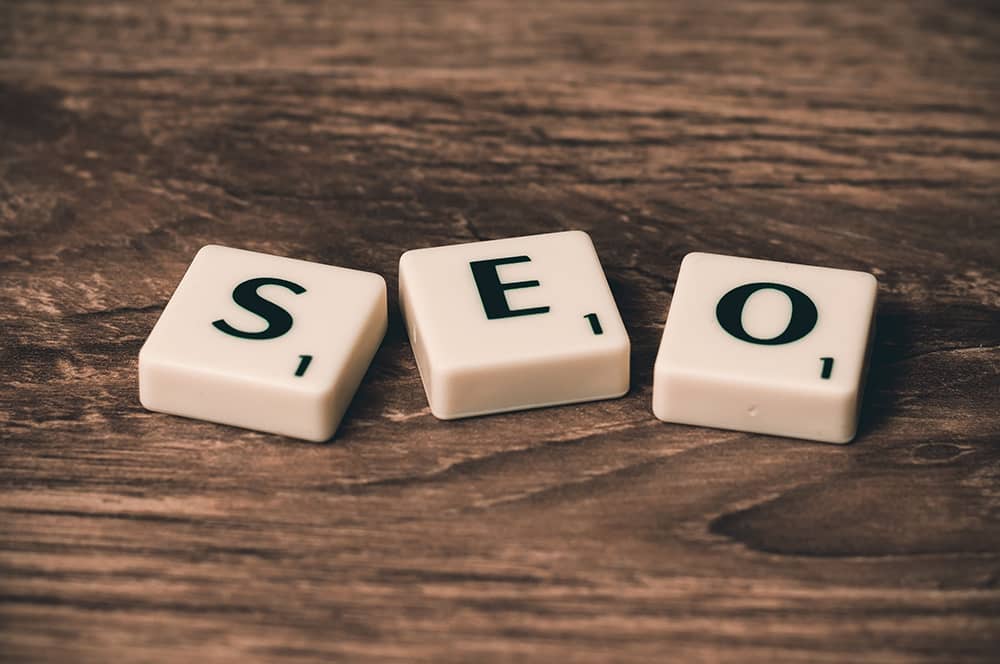The Ultimate Guide to SEO-Friendly Website Design
In today’s digital age, having a website isn’t enough; it needs to be SEO-friendly to rank higher on search engines like Google. A well-designed website not only attracts visitors but also ensures that they stay, explore, and convert. But what does it mean to have an SEO-friendly website, and how can you design one?
This guide will walk you through the essential elements of SEO-friendly website design, helping you create a site that both users and search engines love.
1. Responsive Design: A Must for SEO
With the majority of web traffic coming from mobile devices, having a responsive website is critical. Google prioritizes mobile-first indexing, meaning it predominantly uses the mobile version of your site for ranking. If your site doesn’t adapt well to different screen sizes, you risk losing both visitors and rankings.
Tips:
- Use responsive frameworks like Bootstrap or ensure that your site’s CSS is flexible.
- Regularly test your site’s mobile performance with Google’s Mobile-Friendly Test tool.
2. Optimized Site Speed: Keep It Fast
Site speed directly affects both user experience and SEO. Google favors fast-loading sites, and users expect a page to load in less than 3 seconds. Slow sites not only rank lower but also see higher bounce rates.
Tips:
- Compress images using tools like TinyPNG or ImageOptim.
- Minimize the use of heavy JavaScript or CSS files by compressing them.
- Use caching and a Content Delivery Network (CDN) to reduce server load and improve site speed.
3. SEO-Friendly URL Structure
A clean, descriptive URL structure is easier for both users and search engines to understand. URLs should clearly describe the content of the page and include relevant keywords.
Tips:
- Use hyphens to separate words in URLs (e.g., yourwebsite.com/seo-friendly-design).
- Avoid using numbers or special characters.
- Keep URLs short and to the point.
4. On-Page SEO Elements: Title Tags, Meta Descriptions, and Headings
On-page SEO elements are crucial in helping search engines understand your content. Well-crafted title tags and meta descriptions help improve your site’s click-through rate (CTR), while structured headings (H1, H2, H3, etc.) improve readability and SEO.
Tips:
- Title Tags: Keep them under 60 characters and include your primary keyword.
- Meta Descriptions: Summarize the page in 155-160 characters, making it compelling while including keywords.
- Headings: Use H1 for the main title, followed by H2, H3 for subheadings to organize your content logically.
5. Image Optimization: Don’t Overlook Visuals
Images play a significant role in both design and SEO. However, large, unoptimized images can slow down your website. Optimizing your images for both size and relevance ensures that they enhance your SEO instead of hurting it.
Tips:
- Alt Text: Always add descriptive alt text to your images to help search engines understand them. Include relevant keywords, but avoid keyword stuffing.
- File Names: Use descriptive, keyword-rich file names for your images before uploading them (e.g., seo-friendly-website-design.jpg).
6. Internal Linking: Guide Search Engines and Users
Internal linking helps spread link equity (ranking power) throughout your site and assists search engines in understanding the structure of your website. It also encourages users to explore more content, increasing engagement and time spent on your site.
Tips:
- Link to relevant pages within your content naturally.
- Use descriptive anchor text (e.g., “Learn more about SEO best practices” rather than “click here”).
- Regularly audit your internal links to fix broken or outdated ones.
7. Secure Website with HTTPS
Google prefers secure websites. Using an SSL certificate (which turns your website from HTTP to HTTPS) not only ensures your users’ data is encrypted but also gives you an SEO boost. Sites without HTTPS may even be flagged as “Not Secure” in browsers, driving potential visitors away.
Tips:
- Install an SSL certificate and migrate your site to HTTPS.
- Regularly check for mixed content issues (when some parts of your site are served over HTTP).
8. Schema Markup: Help Search Engines Understand Your Content
Schema markup (structured data) is a powerful SEO tool that helps search engines better understand your content. It also enables rich snippets (like review stars or event dates) to appear in search results, making your listing more attractive and informative.
Tips:
- Use Google’s Structured Data Markup Helper to generate schema markup for your content.
- Implement structured data for articles, products, events, or reviews.
9. User Experience (UX) and Navigation
A well-designed, intuitive site structure helps both users and search engines find what they’re looking for. Poor navigation can frustrate users, increasing your bounce rate and negatively affecting SEO.
Tips:
- Use a clear, organized menu structure with logical categories.
- Make it easy for users to find important pages like Contact, About, and Services.
- Avoid excessive pop-ups or ads that may interfere with user experience.
10. Content Is King: Write for Users and Search Engines
While design is essential, content is the heart of your website. High-quality, relevant, and keyword-optimized content engages users and signals to search engines that your site is valuable. Focus on creating content that answers user queries, provides solutions, and encourages engagement.
Tips:
- Conduct keyword research using tools like Google Keyword Planner or Ahrefs.
- Use long-tail keywords to target specific queries and increase your chances of ranking.
- Regularly update your content to keep it fresh and relevant.
Conclusion
Designing an SEO-friendly website involves a combination of aesthetics, usability, and technical optimization. By focusing on the elements listed above – from responsive design and fast loading times to content and on-page SEO – you’ll create a website that ranks well, attracts traffic, and converts visitors into customers. By implementing these strategies, your site can effectively compete in search engine results, providing both a seamless user experience and a search engine-friendly structure.

